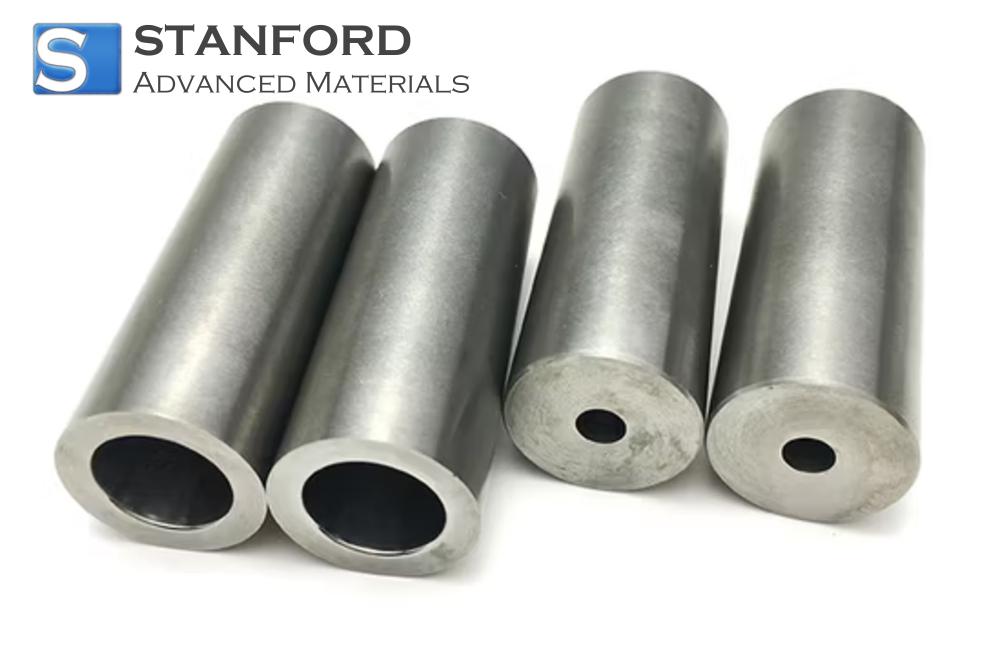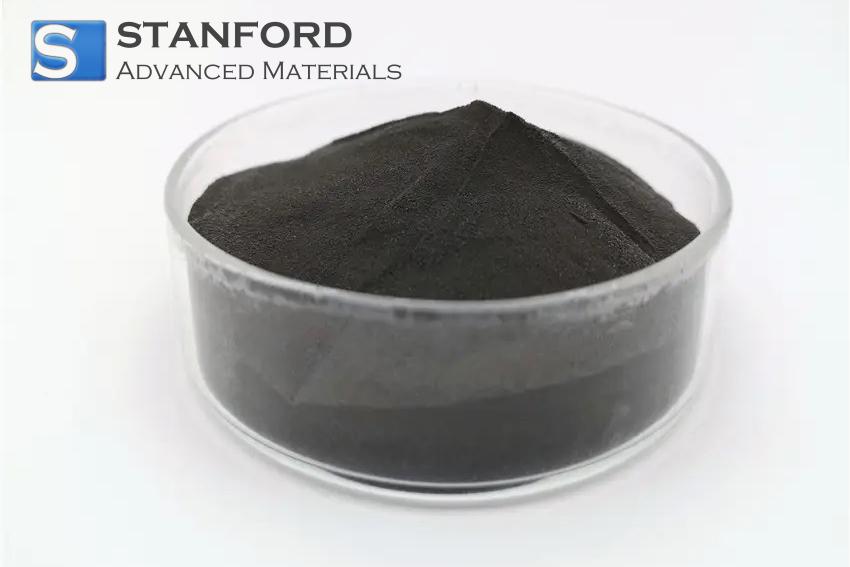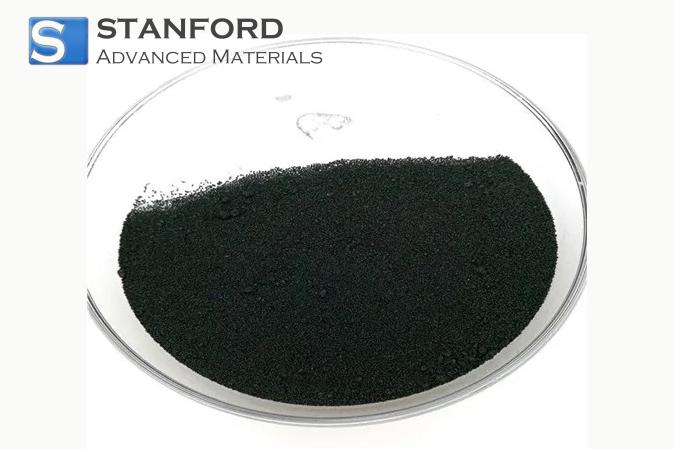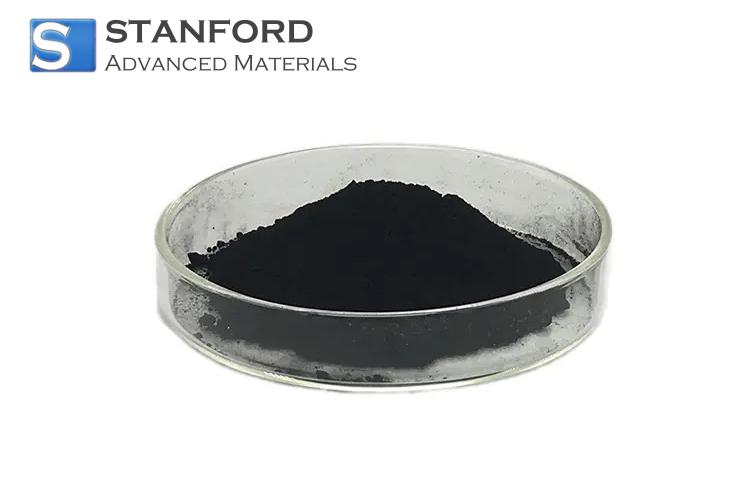Promethium: Element Properties And Uses
Description
Promethium is a rare radioactive lanthanide element that exhibits distinct chemical and physical characteristics. It is primarily used in nuclear batteries and luminous devices.
Introduction to the Element
Promethium, with atomic number 61, is one of the least commonly occurring elements among the lanthanides. As an element without stable isotopes, it is scarce in nature and is mainly synthesised in controlled nuclear reactors.
Description of the Chemical Properties
Promethium exhibits clearly defined chemical properties that are characteristic of radioactive lanthanides. In most of its compounds, it is found in the oxidation state +3, consistent with its neighbouring lanthanides. Its reactivity is moderate, and it forms compounds such as oxides and halides, which are studied for their light-emitting properties.
The radioactive decay of Promethium, primarily via beta emission, affects its chemical behaviour and stability. The tendency of Promethium to form ionic bonds is well documented in scientific literature. Researchers have examined its reactions under various conditions to quantify its energy release in controlled environments.
Table of Data on the Physical Properties
|
Property |
Value |
|
Atomic number |
61 |
|
Atomic mass |
~145 |
|
Melting point |
~1040 °C |
|
Boiling point |
~3000 °C |
|
Density |
~7,3 g/cm³ |
|
State at room temperature |
Solid |
For further information, please visit Stanford Advanced Materials (SAM).
Common Applications
Despite its limited availability, Promethium has been employed in several niche applications. It is used in luminous devices and nuclear batteries. The steady release of energy from its radioactive decay renders it a suitable candidate for devices that require a long-lasting, low-level power output.
Furthermore, Promethium is utilised in applications where its light-emitting properties are beneficial. Instruments and signboards that must remain visible under low-light conditions sometimes incorporate promethium-containing materials.
Production Methods
Since naturally occurring Promethium lacks stable isotopes, it must be artificially produced. Nuclear reactors serve as the primary means for synthesising Promethium, generally through neutron capture reactions involving elements such as Neodymium. These production methods require highly controlled conditions to ensure both production efficiency and the safety of handling radioactive materials.
Frequently Asked Questions
What is Promethium?
Promethium is a rare radioactive lanthanide element without stable isotopes. It is primarily synthesised in nuclear reactors.
How is Promethium produced?
It is synthesised artificially via neutron capture reactions in nuclear reactors, typically involving elements such as Neodymium.
What are common applications of Promethium?
Common applications include nuclear batteries and luminous devices, which utilise its continuous radioactive decay and light-emitting properties.
What are the main chemical properties of Promethium?
It generally exists in the +3 oxidation state, forms compounds such as oxides and halides, and is known for its moderate reactivity and radioactive decay.
Are there industrial products that incorporate Promethium?
Yes, industrial products, such as nuclear batteries and specialised luminous devices, make use of the properties of Promethium.

 Bars
Bars
 Beads & Spheres
Beads & Spheres
 Bolts & Nuts
Bolts & Nuts
 Crucibles
Crucibles
 Discs
Discs
 Fibers & Fabrics
Fibers & Fabrics
 Films
Films
 Flake
Flake
 Foams
Foams
 Foil
Foil
 Granules
Granules
 Honeycombs
Honeycombs
 Ink
Ink
 Laminate
Laminate
 Lumps
Lumps
 Meshes
Meshes
 Metallised Film
Metallised Film
 Plate
Plate
 Powders
Powders
 Rod
Rod
 Sheets
Sheets
 Single Crystals
Single Crystals
 Sputtering Target
Sputtering Target
 Tubes
Tubes
 Washer
Washer
 Wires
Wires
 Converters & Calculators
Converters & Calculators
 Write for Us
Write for Us





 Chin Trento
Chin Trento



